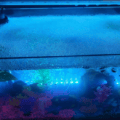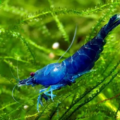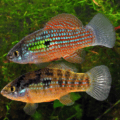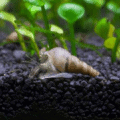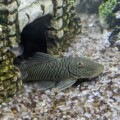When it comes to setting up a community tank, many aquarists are interested in adding vibrant and peaceful fish species that can coexist harmoniously. One popular choice for such a setup is the Cherry Barb.
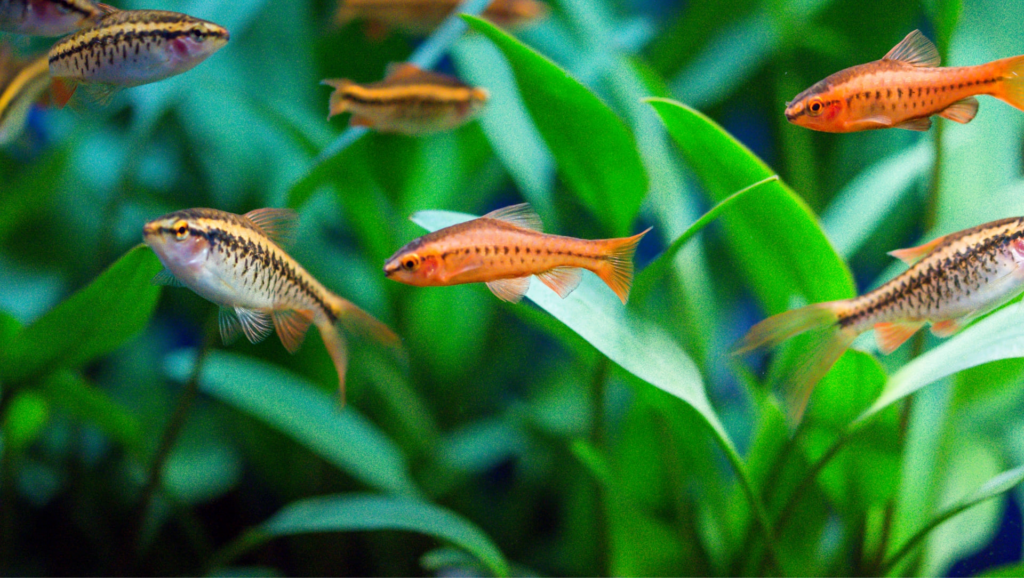
These small and colorful fish are not only visually appealing but also known for their peaceful nature. However, if you’re considering breeding Cherry Barbs in a community tank, you may be wondering if it’s possible. In this article, we’ll explore the breeding behavior of Cherry Barbs and discuss their compatibility in a community tank.
Overview of Cherry Barbs
Cherry Barbs, scientifically known as Puntius titteya, are native to Sri Lanka. In their natural habitat, they can be found in clear, slow-moving waters such as streams and rivers.
These fish are typically small, reaching an average size of about 2 inches. One of their most distinctive features is their vibrant coloration, with males exhibiting a deep red shade and females displaying a more subdued golden hue.
Cherry Barbs are known for their peaceful temperament, making them an excellent choice for a community tank. They generally get along well with other non-aggressive fish species, adding a burst of color and activity to the aquarium.
Understanding Breeding in Fish
In order to determine whether Cherry Barbs will breed in a community tank, it’s important to understand the breeding process in fish. Fish reproduction involves the fertilization of eggs by males, followed by the development of those eggs into fry. The breeding behavior is influenced by various factors, including water parameters, temperature, and pH levels.

Compatibility of Cherry Barbs in a Community Tank
Cherry Barbs are social fish that tend to thrive in the presence of other fish. Their peaceful nature makes them well-suited for a community tank environment. However, it’s important to consider the compatibility of Cherry Barbs with other species when it comes to breeding.
While Cherry Barbs can breed in a community tank, it’s essential to choose tankmates that won’t disturb the breeding process or harm the fry. Opt for species that are non-aggressive and similar in size to the Cherry Barbs. Good tankmates for breeding Cherry Barbs include peaceful tetras, rasboras, and small catfish.
Factors Affecting Cherry Barb Breeding in a Community Tank
Several factors can influence the breeding behavior of Cherry Barbs in a community tank. Tank size and space are crucial considerations. Providing enough hiding spots, such as dense vegetation or caves, can help create a suitable breeding environment. Furthermore, maintaining optimal water quality and ensuring a nutritious diet are essential for encouraging breeding.
Diet and Nutrition for Cherry Barb Fry in a Community Tank

Once the eggs hatch in a community tank, providing the right nutrition is essential for the survival and growth of the baby fish. Cherry barb fry are delicate and require a high-protein diet. Offering baby brine shrimp is one of the best ways to ensure they receive proper nutrition. Additionally, finely crushed flake food can supplement their diet as they grow.
It is important to monitor the feeding closely, as larger adult fish in the tank, such as tiger barbs or neon tetras, may outcompete the fry for food. For those serious about increasing survival rates, moving the fry to a separate tank with controlled feeding may be a better option. A visit to pet stores can provide more specific food recommendations for nurturing cherry barb fry.
For more on feeding your aquatic pets check out The Ultimate Guide to Fish Food: Pros and Cons & Best Choices!
Natural Spawning Habits of Cherry Barbs in Community Tanks
Cherry barbs are prolific egg layers, often spawning naturally in well-planted community fish tanks. These fish tend to scatter their eggs among plants like java moss, which acts as both a breeding ground and a protective environment for the eggs.
However, to improve the chances of fry survival, you may want to ensure that species like betta fish or aggressive adult fish are not present in the tank, as they could eat the eggs before they hatch.
Setting up the environment with peaceful species like cory catfish can help reduce stress and create a more balanced ecosystem for breeding. In some cases, having only males of other species or using a separate tank for breeding can provide better outcomes for protecting all the fry.
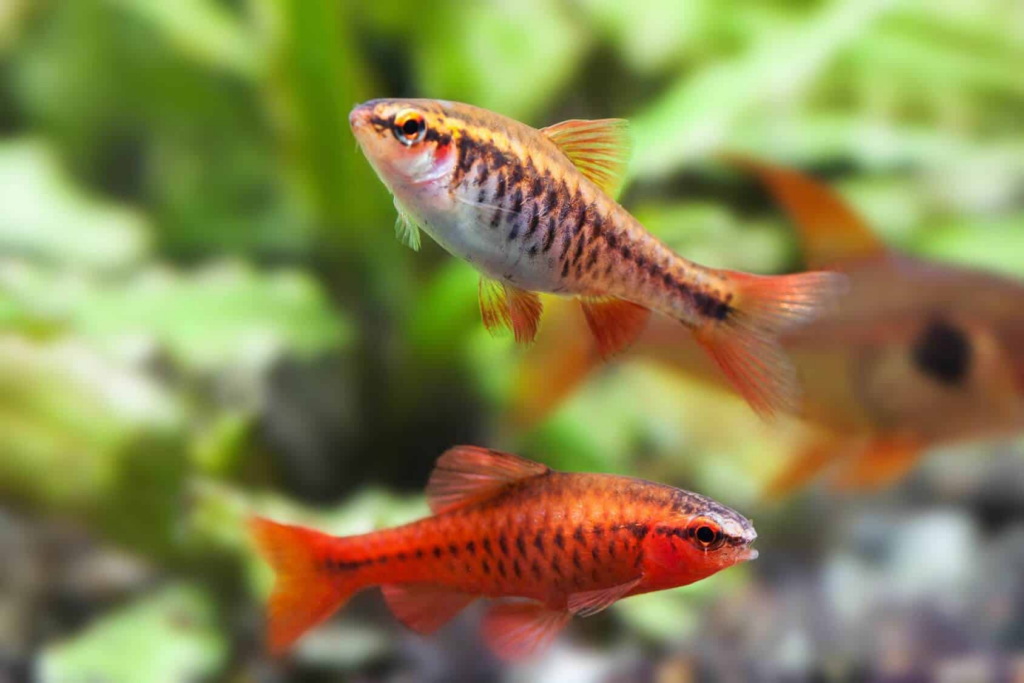
Potential Challenges and Solutions
When breeding Cherry Barbs in a community tank, aquarists may come across some challenges. Common issues include other fish consuming or preying on the eggs or fry, aggressive behavior from tankmates, or unsuccessful breeding attempts.
One solution to protect the eggs and fry is to provide dense vegetation or use breeding traps to separate them from other fish. Additionally, careful monitoring, regular water testing, and adjusting the tank conditions to meet the specific needs of the Cherry Barbs can increase the chances of successful breeding.
Tips for Encouraging Cherry Barb Breeding in a Community Tank
If you’re interested in breeding Cherry Barbs in your community tank, here are a few tips to increase your chances of success:
- Provide a well-balanced diet consisting of high-quality flakes, pellets, and occasional live or frozen foods to ensure optimal nutrition.
- Create a breeding-friendly environment by adding plants, caves, or spawning mops where the Cherry Barbs can lay their eggs.
- Monitor the water parameters closely, maintaining stable temperature and pH levels within the preferred range of Cherry Barbs.
- Consider using a separate breeding tank or a breeding net to protect the eggs and fry from potential threats.

Conclusion
Cherry Barbs can indeed breed in a community tank, provided the necessary conditions for successful breeding are met. Their peaceful nature makes them compatible with a wide range of non-aggressive tankmates.
By understanding the breeding process and implementing appropriate strategies, aquarists can enjoy the beauty of Cherry Barbs and potentially witness the joy of new fry in their community tank. So, if you’re up for the challenge, don’t hesitate to add these stunning fish to your setup and embark on a breeding adventure!




